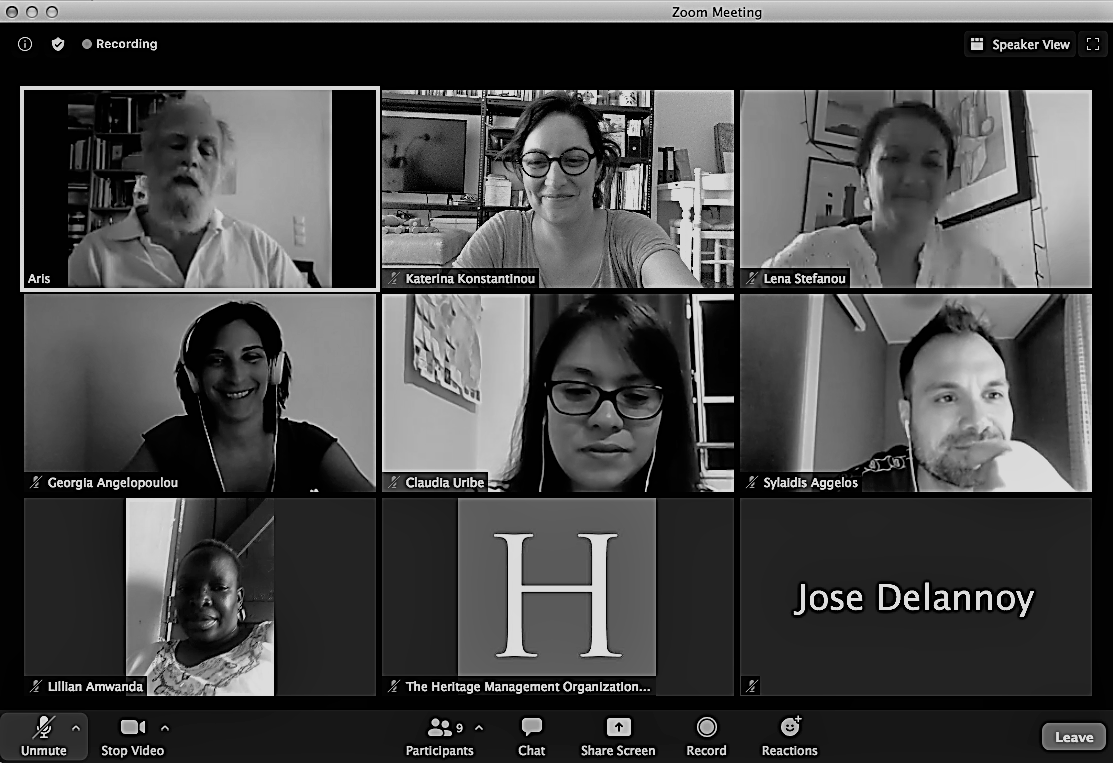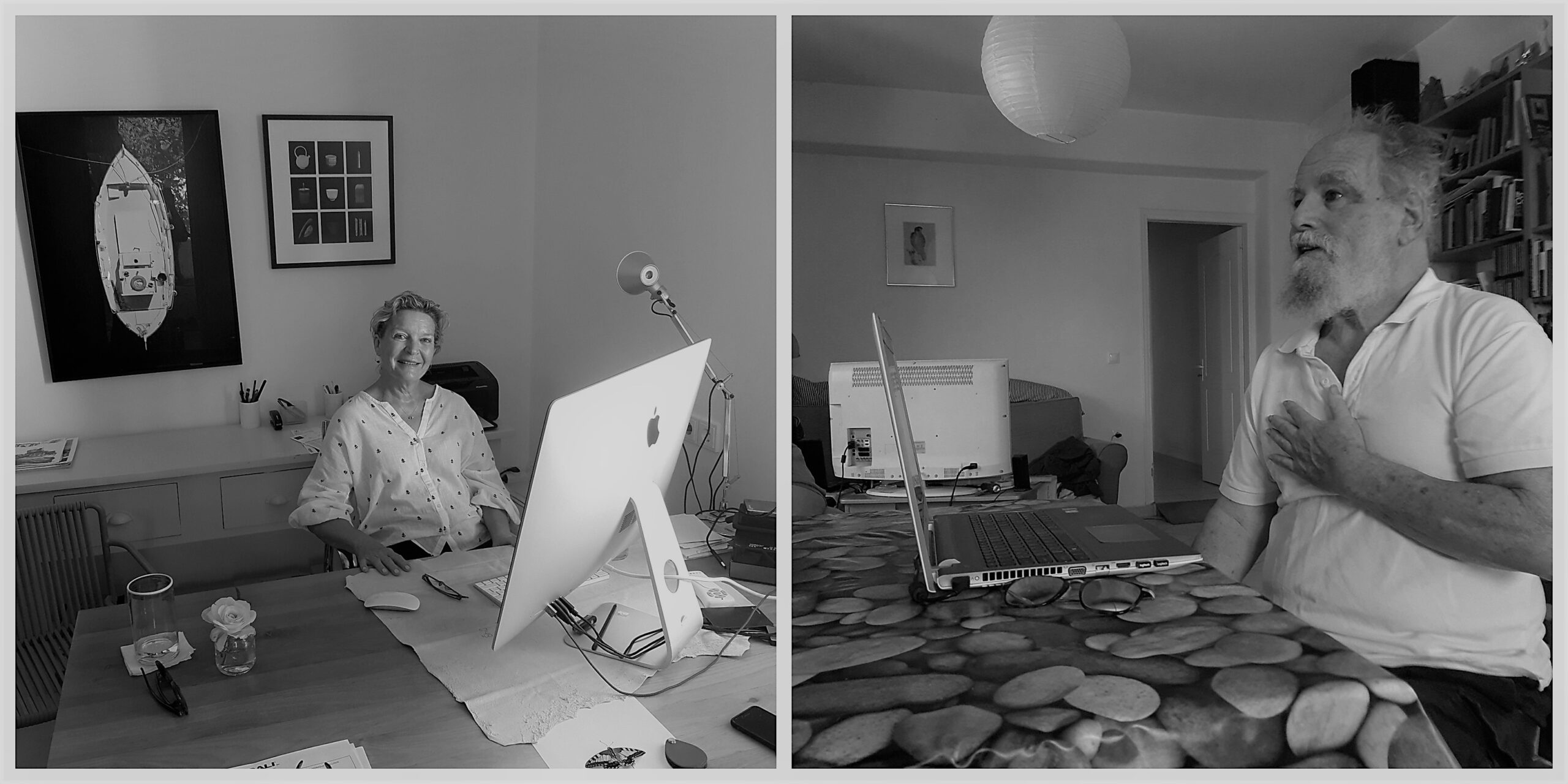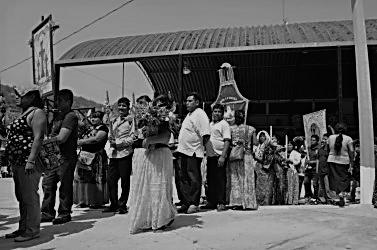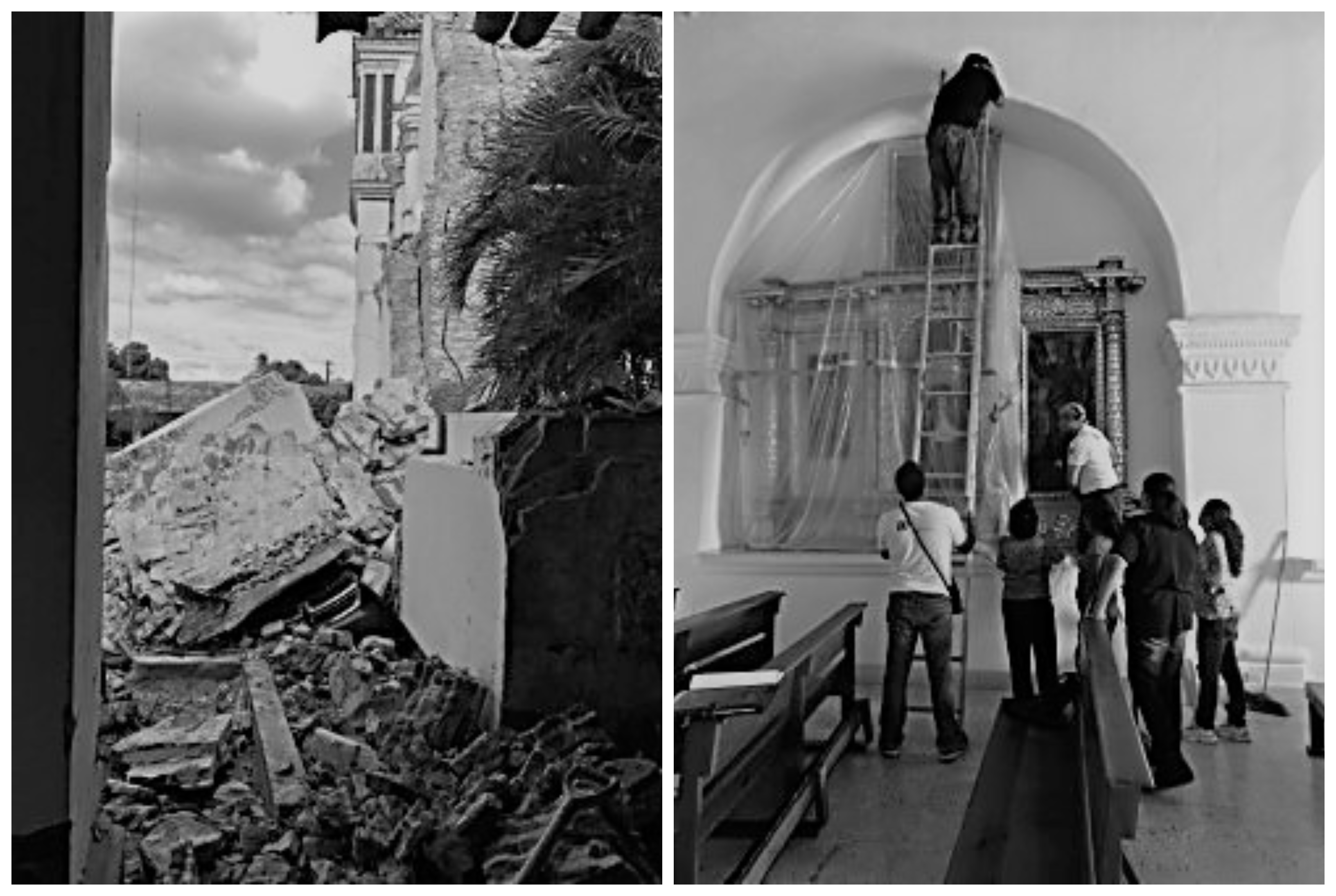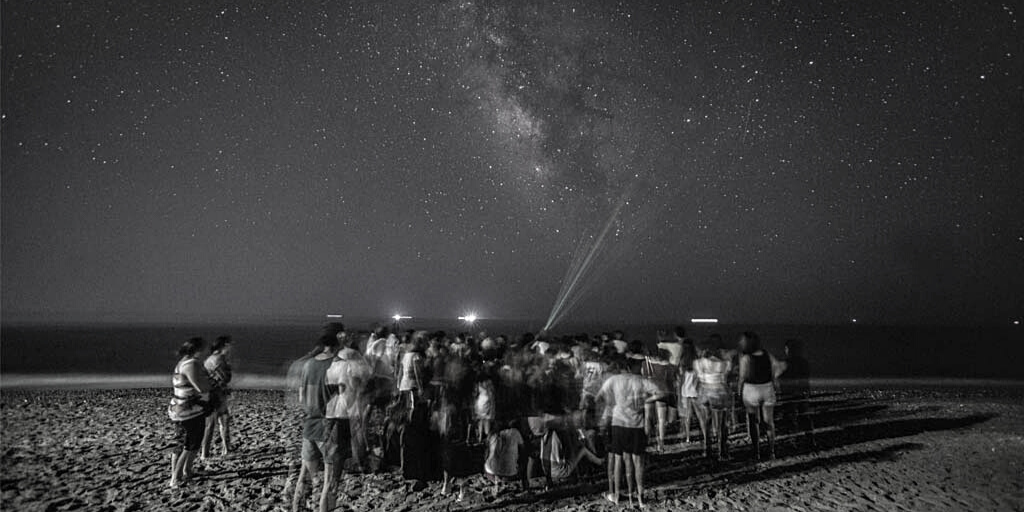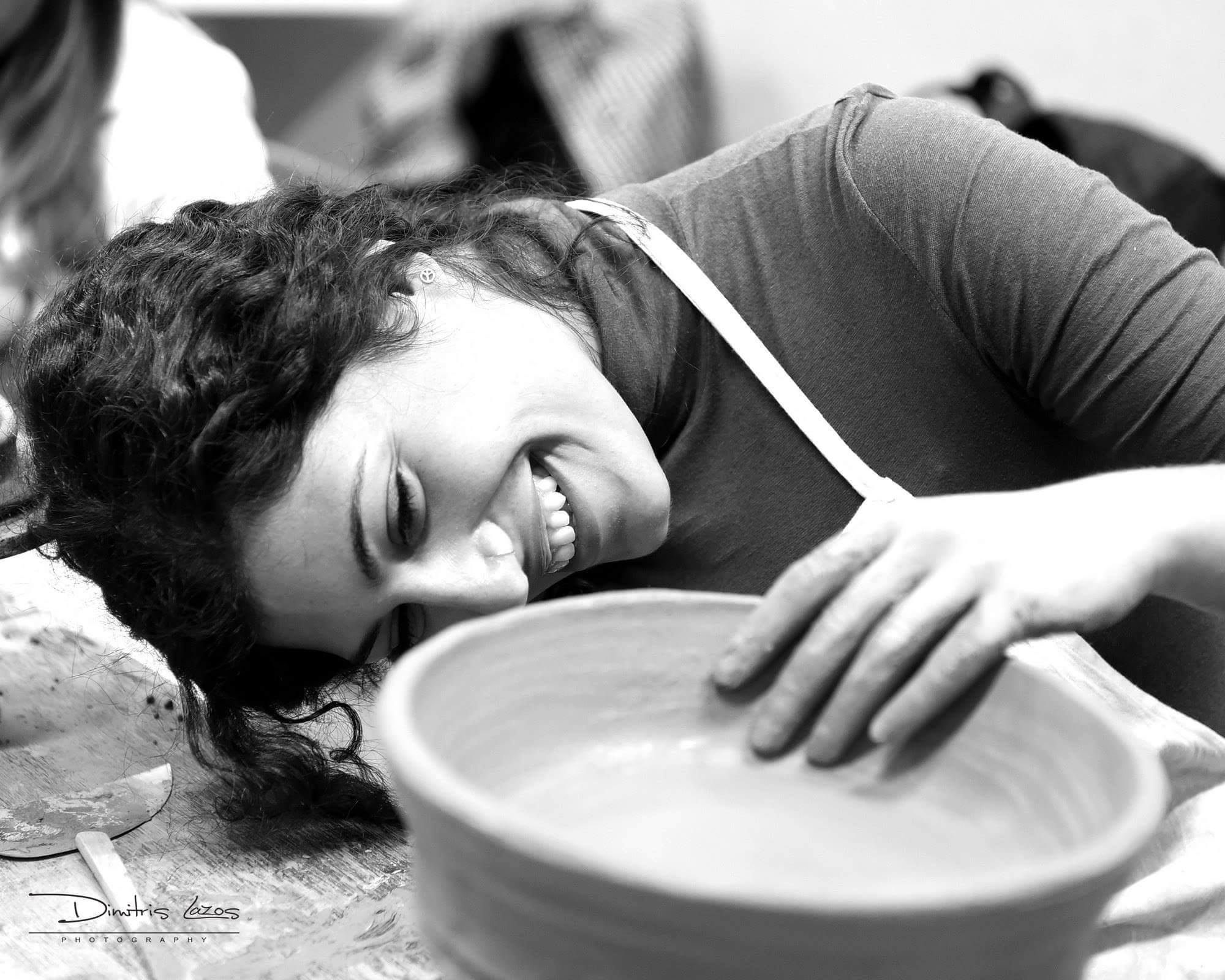: Uncategorized
Strategic Planning for Heritage Managers | Christos Maris
Strategy is considered to be the queen of the managerial disciplines and a key success factor in all areas of human activity. In this respect, there are numerous examples of how a successful strategy can lead to success, even in cases where resources are limited and are not overwhelmingly superior to those of competitors.
The “Strategic Planning for Heritage Managers” Workshop, instructed by Alexandros Papalexandris, Assistant Professor at the Athens University of Economics and Business, in May, aimed to provide the tools and methodologies to effectively address the topics of successful strategy formulation and implementation in organisations managing cultural heritage in the contemporary complex environment.
Christos Maris, working in the field of the Conservation of Arts- Antiquities / Risk Management in Preventive Conservation at the Hellenic Ministry of Culture & Tourism shares his experience with our online Strategic Planning for Heritage Managers Workshop.
Describe your organization and the unique work that it is doing. Who and what are affected by the work? How does/will the work impact people’s lives?
Give us some information regarding your educational/professional background and your current position.
Describe the main values that you have gained from the specific workshop.
Tell us about a project that will be benefited from the training you received from us? Why is the project important?
Has your organization worked on any other projects that are innovative, globally significant and can be replicated in a local market?
What are the global issues that your project addresses (e.g., fighting climate change, preserving heritage and culture, promoting local participation)?
Summer School 2020
The online summer school “Engaging Communities in Cultural Heritage” is organized by HERITAGE with the Paros Festival. It is an educational program normally scheduled to take place annually on the island of Paros during the first two weeks of July. During the Covid-19 crisis, we redesigned the summer school to combine online teaching with real-time research, both digital and live from a distance.
The summer school had a hybrid character, as it was at the same time a teaching environment, and an engagement project with our collaborators, the Paros Festival. Members of the local community participated as collaborative creators of local knowledge, and Katerina Konstantinou, a member of the Paros Festival, taught part of the course. The twelve participants of the summer school were instructed in the latest theoretical and practical developments in community engagement in cultural heritage. At the same time, they participated in daily group exercises that led them to effectively design a research and engagement strategy and apply it to the case of Paros Festival.
We believe that this hybrid character of educational and community work is the way forward in the post-covid situation for heritage institutions. Creating online communities and working groups that have an impact on local places combines the local with the global in creating transnational communication and collaborations.
Listen here to the podcast.
Strategic Planning for Heritage Managers | Arash Samiei Esfahani
Strategy is considered to be the queen of the managerial disciplines and a key success factor in all areas of human activity. In this respect, there are numerous examples of how a successful strategy can lead to success, even in cases where resources are limited and are not overwhelmingly superior to those of competitors.
The “Strategic Planning for Heritage Managers” Workshop, instructed by Alexandros Papalexandris, Assistant Professor at the Athens University of Economics and Business, in May, aimed to provide the tools and methodologies to effectively address the topics of successful strategy formulation and implementation in organisations managing cultural heritage in the contemporary complex environment.
Arash Samiei Esfahani, Urban Regeneration Administrator at the Iranian Ministry of Cultural Heritage shares his experience.
Describe your organization and the unique work that it is doing. Who and what are affected by the work? How does/will the work impact people’s lives?
Give us some information regarding your educational/professional background and your current position.
Describe the main values that you have gained from the specific workshop.
Tell us about a project that will be benefited from the training you received from us? Why is the project important?
Has your organisation worked on any other projects that are innovative, globally significant and can be replicated in a local market?
What are the global issues that your project addresses (e.g., fighting climate change, preserving heritage and culture, promoting local participation)?
Network Stories: Sofia Gonzalez
Describe your organization and the unique work that it is doing. Who and what are affected by the work? How does/will the work impact people’s lives?
In September 2017 there were two large earthquakes in Mexico. They damaged many buildings in cities and villages across 11 states in the south of the country, among them we have historical buildings, built between the 16th and 19th century. Most of which are churches, monasteries and religious edifications. Inside these buildings, heritage such as sculptures, murals, and paintings, were also affected by the earthquakes.
The National Institute of Anthropology and History (Instituto Nacional de Antropología e Historia) in Mexico is the institution in charge for the preservation and dissemination of the Mexican cultural heritage. In this sense is the executor for the conservation and reconstruction project of all the cultural heritage that was damaged of the earthquakes.
I started working in the conservation and reconstruction project of the historical edifications and cultural heritage affected by the earthquakes at the end of 2018, in the state of Oaxaca, one of the areas most damaged by the earthquakes. I began with a Conservator and Supervisor position and after six months I was promoted to Head Conservator in charge of the preservation of cultural objects and murals housed in around 200 churches. I plan, organize and execute projects for the conservation of oil and wall murals and sculptures in historical buildings. And I work together with architects, engineers, conservators and we have a close relationship with the stakeholders of the churches.
As a consequence of these earthquakes, the cultural landscape in a lot of villages was dramatically affected, changing the religious practices in the communities. For example, in some places, the churches are no longer safe, so the people have to pray and conduct all of their religious rituals in a new space outside the churches.
The reconstruction project has a great impact on the communities since it implies changing their rituals and religious practices because of the earthquakes. However, one of the goals of the project is to rebuild the churches and return to the religious daily life before the earthquakes.
Tell us about a project that has benefited from the training you received from us? Why was the project important? Was there anything unusual or surprising about the execution of this project?
This project requires the practice of planning, executing and controlling the work of a specific team to achieve goals in a specified time. The training I received from the Heritage Management Master’s program gave me these tools to face, solve and organized specific tasks.
The most surprising thing is to communicate with the stakeholders of the communities to achieve the project goals. Since the churches are not safe to celebrate mass inside doors. It is necessary to remove all the historical objects (like paintings, sculptures, bells, etc) from the inside to a safe place where this heritage is protected.
Some stakeholders are helpful and cooperate with the cause, however, others are very protective of their heritage and do not let the specialists participate so easily in these tasks. So, it is important to take a holistic approach with the stakeholders.
Has your organisation worked on any other projects that are innovative, globally significant and can be replicated in a local market?
Yes, the National Institute of Anthropology and History has worked on different projects to promote the Mexican heritage. Currently, there is a dissemination campaign in Oaxaca to promote and show all the restorations works carried on in edifications affected by the earthquakes, with an enormous presence on social media and radio.
What are the global issues that your project addresses (e.g., fighting climate change, preserving heritage and culture, promoting local participation,)?
The reconstruction of historical buildings and the heritage damaged by the earthquakes executed by the National Institute of Anthropology and History is a huge challenge because around 2000 historical buildings were damaged in the country. The institution needs human and economic resources.
Preserving religious heritage implies an approach by the specialists towards the communities. Many times, interdisciplinary work must be done with these communities to raise awareness about the importance of caring for and preserving their cultural heritage and promoting local participation.
Network Stories: Xanthippi Kontogianni
Describe your organization and the unique work that it is doing. Who and what is affected by the work? How does/will the work impact people’s lives?
The idea of astroθeasis was born a bit after I graduated from the MA in Heritage Management, aiming to run a company in the cultural tourism industry of Greece. Over time, I realized that my vision for astrotheasis went beyond such a specific sector and thereon astrotheasis has been shaped as a group of young people, active in Youth projects, always related to cultural heritage topics. For all us, the concept of culture (“politismos”) is very important because it signifies the progress of discovering our roots, our stories, our identity; it’s a self-discovery process that aims to spiritually cultivate individuals who can live together, peacefully, and with respect for each other in a modern society. This is the philosophy of our team and what we are trying to transmit through our actions. Particularly, we encourage people to participate in cultural activities and being educated through them, to support cultural initiatives, to live their local heritage, to love it, to protect it and talk about that, to explore other peoples’ living traditions, to find commonalities and to accept the cultural diversity. Ever since astrotheasis was created, we have organized many interesting projects for which we are very proud. For example, we have created cultural events for local communities of Crete, addressing mostly to the young population. We have also designed and implemented museum education activities for children and young people of marginalized communities in Athens, such as Muslims and gypsy, collaborating with many museums and cultural institutions. Last but not least, we are honored to have been the beneficiary coordinator partner of a Youth Exchange under the Key Action 1 of the Erasmus + Programme of the EU. After all, we are convinced that culture has the potential to inspire people, to unlock and release their identity and by promoting it we can hope for more active citizens and a better society!
Tell us about a project that has benefited from the training you received from us? Why was the project important? Was there anything unusual or surprising about the execution of this project?
In 2019 astrotheasis had the honor of coordinating “The project Communi(ty)cation of Cultures”, under the Erasmus + Programme of EU. It was a mobility project – Youth Exchange (Key Action 1) among 5 partners -Greece, Italy, Spain, Cyprus, and Croatia- that took place in Athens (11/09/2019 – 18/09/2019). For me, as the official representative of astrotheasis, responsible for the execution of the project, this experience was the best opportunity to implement all the knowledge, the tools, and the skills which I had been qualified with from my training by The Heritage Management Organization the previous years. In all the stages of the project, from the writing of the application to the planning of the activities, the content development, the financial organization, and the logistics management, I was needed to recall and make very good use of the courses I had attended during my MA in Heritage Management. Courses such as Project Management, Strategy, Human Resources, Ethnography, Archaeological Management, etc. had prepared me to face the demands of the Erasmus + Programme. However, during the execution of the project, I surprisingly realized that, despite the formal skills and the knowledge which I had acquired from my studies, the most essential qualification was the skills of informal/non-formal learning. Communication, collaboration, team-work, leadership, and positive attitude were unexpectedly necessary. Although these skills result from a life-long experience, I am very happy to remember that their importance had been many times underlined during the training I have received from The Heritage Management Organization and that there are always an outcome of the education it offers.
Has your organisation worked on any other projects that are innovative, globally significant and can be replicated in a local market?
The joined informal learning project “Communi(ty)cation of Cultures” was supported by the European Union Erasmus + Programme and therefore it includes a strong international dimension ( i.e. corporation with Partner Countries) with globally significant outcomes. Particularly, our project promoted the active participation of young people in the democratic life in Europe, enhanced the cultural and intercultural awareness, strengthened the links between the youth field and the labor market of the professional field of Cultural Heritage Management and increased innovation and the sense of initiative and entrepreneurship. As a result, through the overall experience, the participants, the organizations and the stakeholders involved in this project create a network of active citizens and actors who are very motivated to generate new collaborations and implement their ideas in the national level playing an active role in the local market.
What are the global issues that your project addresses (e.g., fighting climate change, preserving heritage and culture, promoting local participation)?
The overall activity of astrotheasis is focused on two main global issues: the youth policy and the preservation of heritage and culture. Youth policy is essential for us because we believe in the positive impact youth participation makes in local affairs and society. Particularly, youth can be a positive force for development when provided with the knowledge and opportunities they need to thrive. Αstrotheasis is composed of young people and its projects address to them to create conditions for learning, opportunities, and experiences which enable all us to acquire useful knowledge and skills for our active involvement in decision-making processes. Additionally to our contribution to an open, knowledgeable and creative society, we are also very interested in preserving heritage and culture. We believe that both heritage and culture are important because they provide people with an automatic sense of exploring their identity, discovering their roots and their story and feeling part of a community that shares the same values, beliefs, and customs. Culture and heritage are the threshold of the self – knowledge and therefore facilitate people to recognize and respect “ways of being” that are not necessarily their own. The act of preserving culture and heritage enhances democracy, social inclusion, respect for cultural diversity and the active participation of people in society. In the astrotheasis team, we all love exploring cultural heritage topics and do our best to promote its value through our projects.
TEACH FOR FUTURE: Innovative methodology for training trainers in the field of ICT carried out in partnership Romania-Bulgaria-Greece
30 of July 2020 – Despite the context generated by the global pandemic COVID-19, the members of the TEACH FOR FUTURE project consortium, ANBPR Romania, as a leader, GLBF Bulgaria and HERITAGE Greece as partners, worked together to collaboratively develop a Methodology for training adult trainers in the field of ICT. The purpose of this Methodology is to make it easier for trainer trainers to know and apply a suite of methods and techniques that are suitable for ICT modules, to stimulate innovation and to make activities more creative, easier to prepare and with beneficial effects on the level of involvement of adult participants in the training process.
The innovative Methodology approached in an intuitive and integrated way modern teaching methods and techniques applicable in adult education in the field of ICT, with specific reference to the key areas addressed by the project, namely: 3D modeling and printing, image editing, digital marketing, and online collaboration tools, respectively.
The experts of ANBPR and of its partners who contributed to the realization of this Methodology documented the specific needs of the adult beneficiaries from the 3 countries participating in the project, in correlation with the objectives established for adult education, and detailed, in a structured, intuitive and pedagogical way, the best technology teaching techniques, defined the stages of the ICT skills testing and certification process and provided revealing examples of good practices from the experience of ANBPR and its partners in the technology field. Another added value of the Methodology is the inclusion of a series of recommendations for Member States and stakeholders who intend to replicate the mechanism and activities of the TEACH FOR FUTURE initiative.
Through its theoretical and applied content, the Methodology contributes significantly to understanding the basic notions about 3D printing technologies, identifying the main types of 3D printing technologies, knowledge of the main areas of applicability of 3D printing technologies, notions of creation, modification and saving objects, import and export of 3D models, knowledge and use of the basic components of a 3D printer and the manufacture of a 3D model, and solving various mechanical problems in the operation of 3D printers.
In terms of image editing, the Methodology outlined guidelines on understanding key concepts related to the use of digital images, graphic format options and color concepts, saving images in different formats, using toolbar display options, etc., capturing and saving images, using various selection tools, creating and using layers, using different methods of preparing images for printing or publishing.
In the section on Digital Marketing, the Methodology provided substantial space to describe and explain the various options for online presence and how to select the right keywords for search engine optimization, use of social media platforms and tools, with the aim of understanding how to that the effective management of social media can contribute to the promotion and generation of potential customers (leads) and sales commitments.
Regarding the Online Collaboration component, the Methodology defined and explained the need to use online storage applications and web productivity, the possibility to create online and mobile calendars for managing and planning activities, as well as modern and intuitive ways to collaborate remotely using social networks, blogs, etc., but also options for scheduling and organizing online meetings and e-learning activities.
The training methodology for ICT trainers, developed within the TEACH FOR FUTURE project, is an innovative non-formal learning product for adult trainers, a co-designed intellectual product with a great replication potential, scalable and contributing to the acquisition of a complex set of attitudes, skills, knowledge and behaviors.

